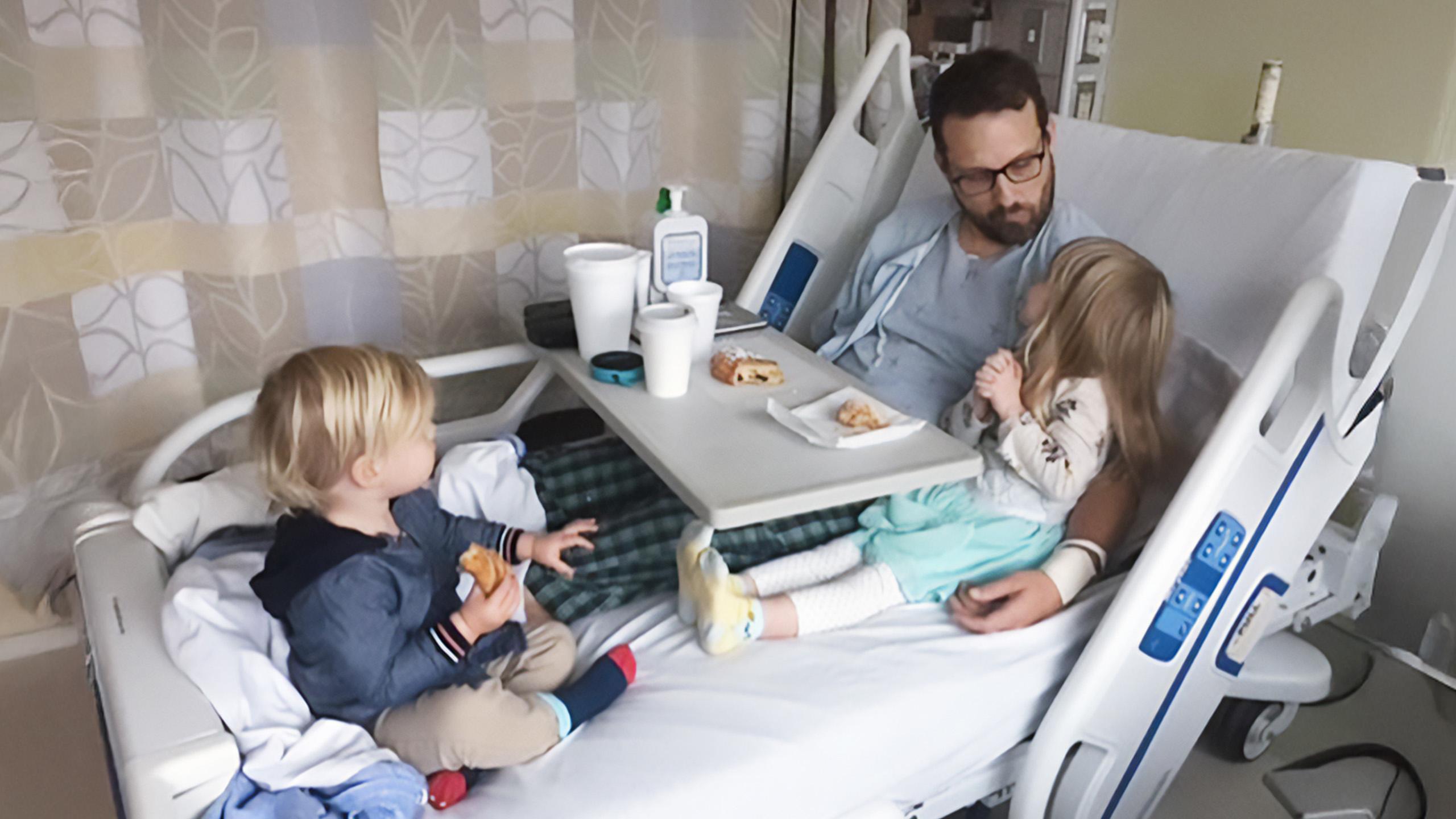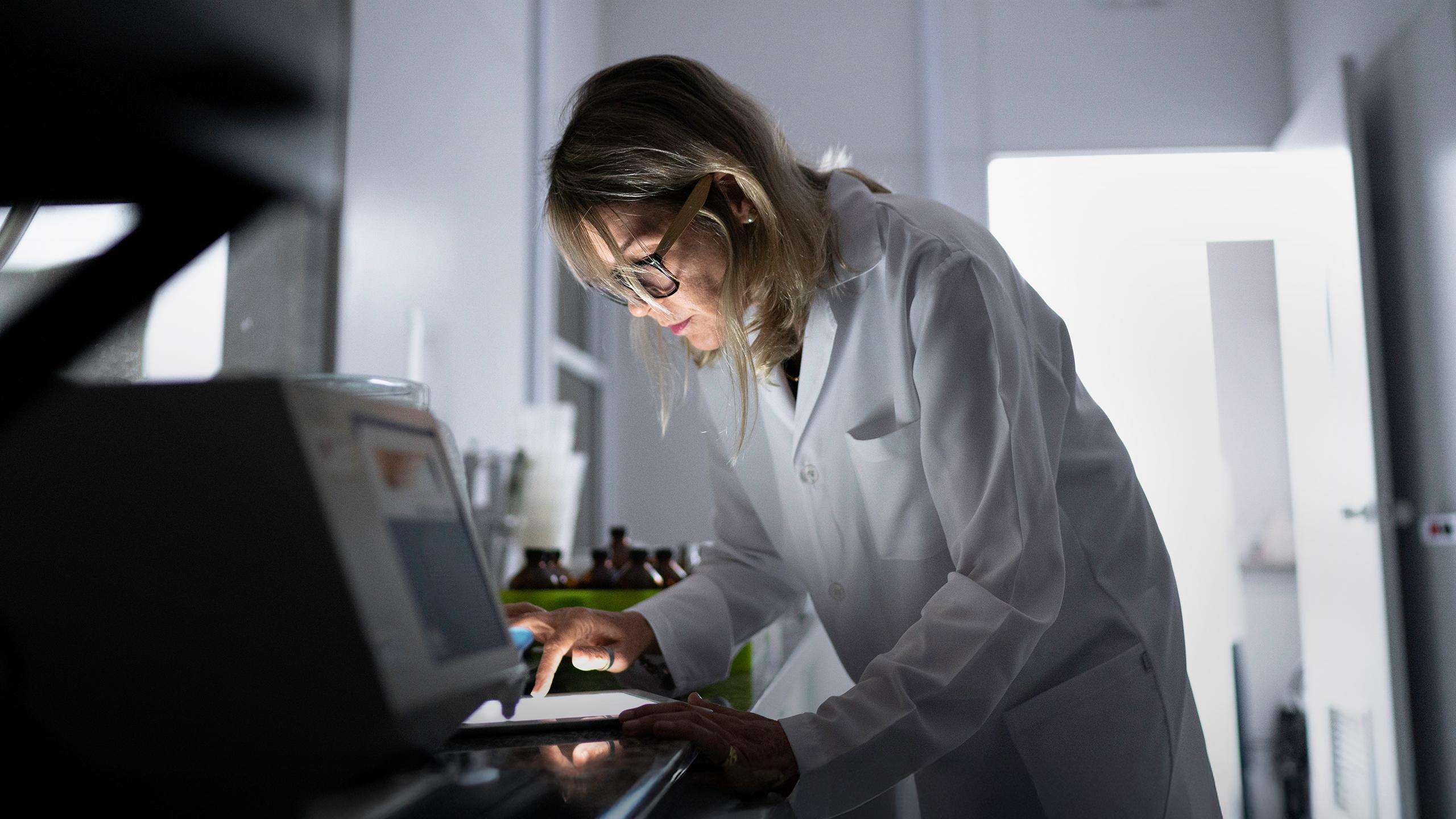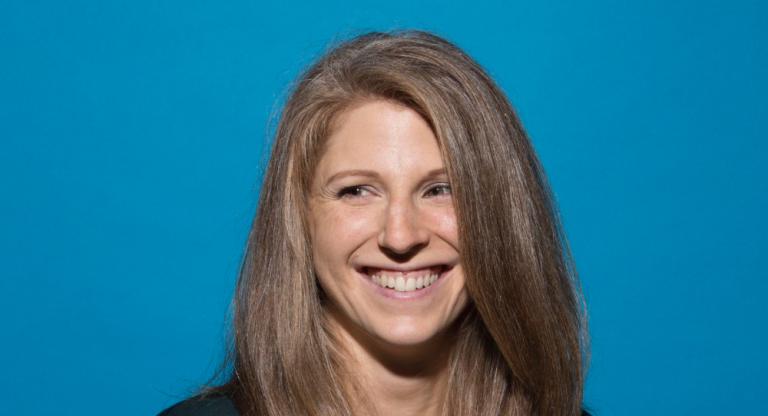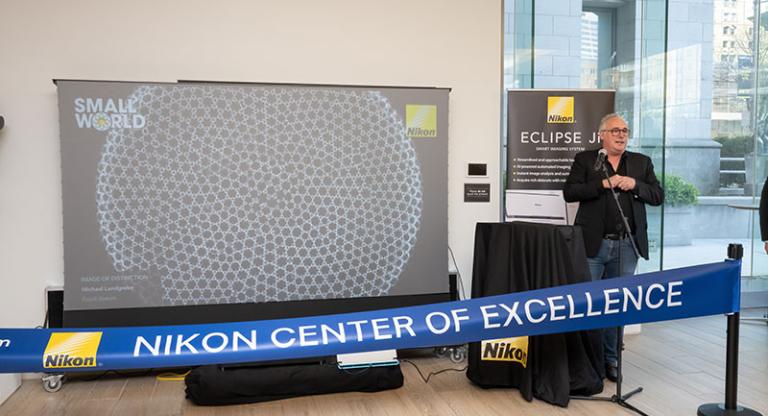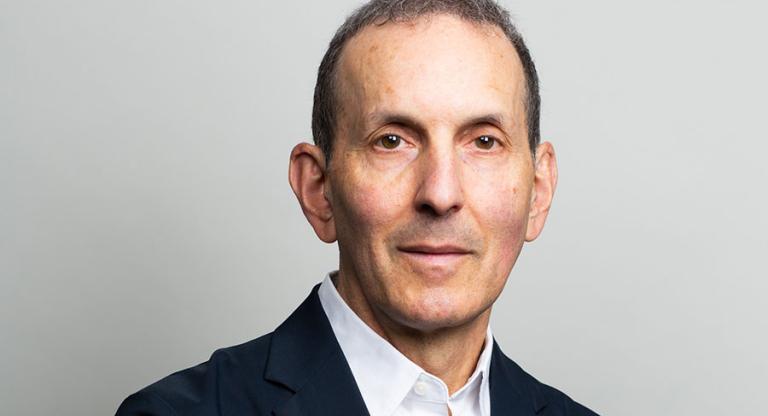How one scientist is looking to beat cancer by first growing it in a lab

For the month of December, Sinai Health Foundation is shining a spotlight on three young scientists who are shaping the future of care as part of their work with the Lunenfeld-Tanenbaum Research Institute. The first scientist in our Research Wrap-Up series is Connor Yanchus, a graduate student in the Daniel Schramek lab at the LTRI.
For Connor Yanchus, decoding what makes a deadly cancer tick requires the perfect model.
In the world of basic science, a “model” is an animal or organism bred in a lab to have a specific disease or condition. Models are developed so scientists can determine why illness occurs in the first place and identify therapeutic vulnerabilities.
Yanchus first joined the Lunenfeld-Tanenbaum Research Institute (LTRI) in 2015 as a graduate student from the University of Toronto. The 28-year-old was recruited into the lab of Daniel Schramek, whose research focuses on leveraging functional genomics to make major advances in understanding a variety of human cancers, including brain, breast, head and neck, lung and pancreatic.
“In grad school, we had the opportunity to rotate and spend some time in different labs,” Yanchus said. “When I first met Daniel, he was just starting his lab and when I saw the scientific projects he wanted to pursue and how impactful they could be, it was an easy decision. We have access to some of the most sophisticated gene-editing technology in the world.”
As a graduate student, Yanchus chose to focus on building models for low-grade glioma, a form of brain cancer that’s often difficult to treat. Patients with this cancer tend to be younger, in their 30s and 40s, and tumours often grow undetected for years before a person experiences any symptoms.
Animal models are essential in biological research and are often the first step in the scientific process of discovering new treatments for the most devastating diseases. However, replicating the precise genetic mutations that cause this form of cancer to occur has been the primary focus - and challenge - of his early scientific career.
“One of the issues with studying low-grade glioma is that there are no great model systems,” Yanchus said. “There have been several attempts to build models of this disease, but many of these either do not develop tumours or include mutations not typically found in low grade glioma patients, so their relevance is questionable.”
Part of the challenge with models for this particular brain cancer is that the genetic alphabet is only made up of four different characters, while each individual’s DNA contains 3.2 billion characters. Searching for the variable character causing this genetic mutation was akin to finding a needle in a haystack. So, the Schramek lab focused on a single letter change within this 3.2 billion, which increases the likelihood of developing low grade glioma by 600 per cent.
“This mutation occurs in an uncharacterized and non-coding section of the genome, so it has been quite difficult to study,” Yanchus explained.
Schramek and Yanchus set out to generate an accurate model of low-grade glioma, containing mutations that are only found in patients. They generated this model using CRISPR, a gene editing technology, and packaging it into viral particles that were injected into a developing mouse brain. The team also created a mouse with this single letter change and found that it greatly accelerated glioma development.
Yanchus said they have not only built the first model incorporating this single letter change, but also alongside collaborators in the Mayo Clinic, they uncovered the first molecular evidence of how this letter change works to impact glioma growth.
“It can be exhausting, but it’s well worth it when you get that result you’ve been anticipating,” Yanchus said.
Yanchus said he’s submitted a paper on their findings and hopes to graduate in 2022.
